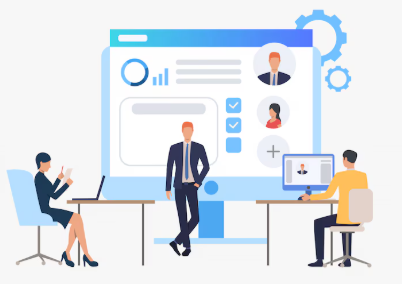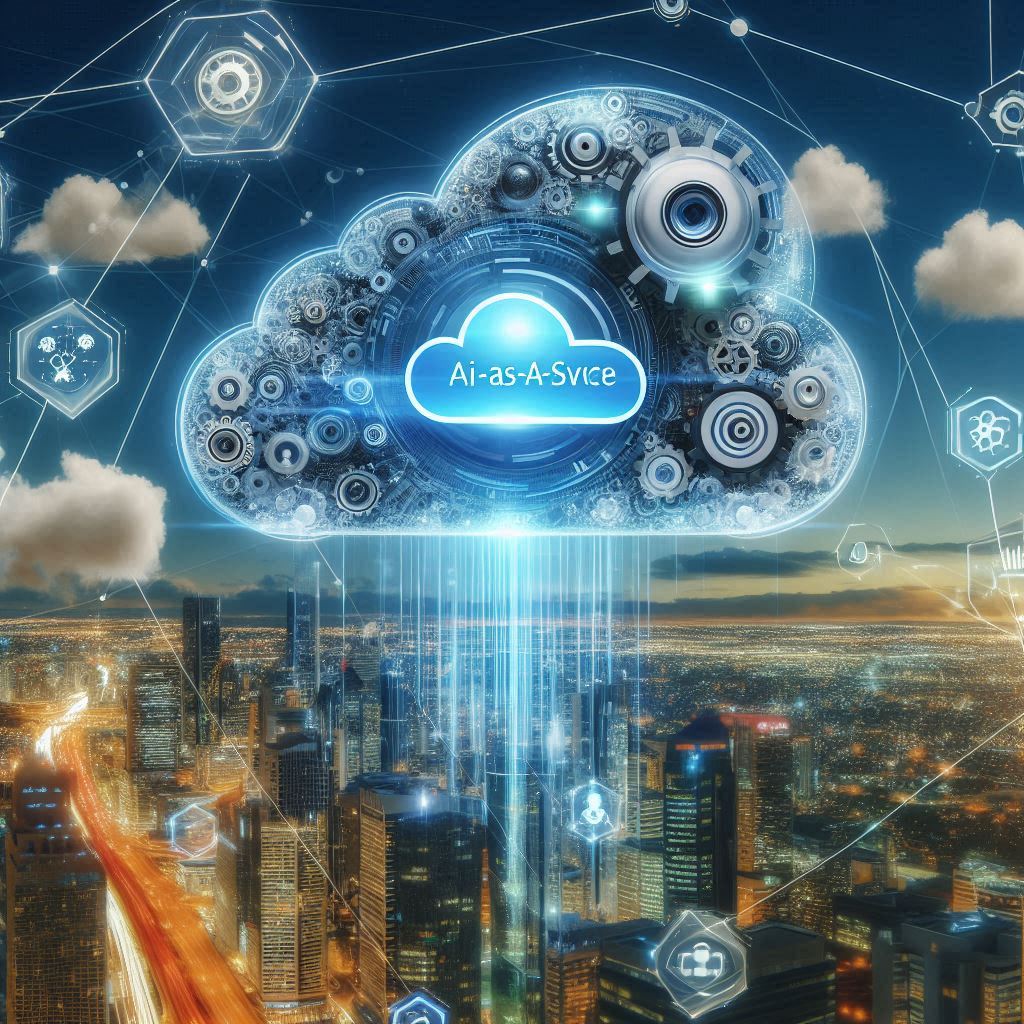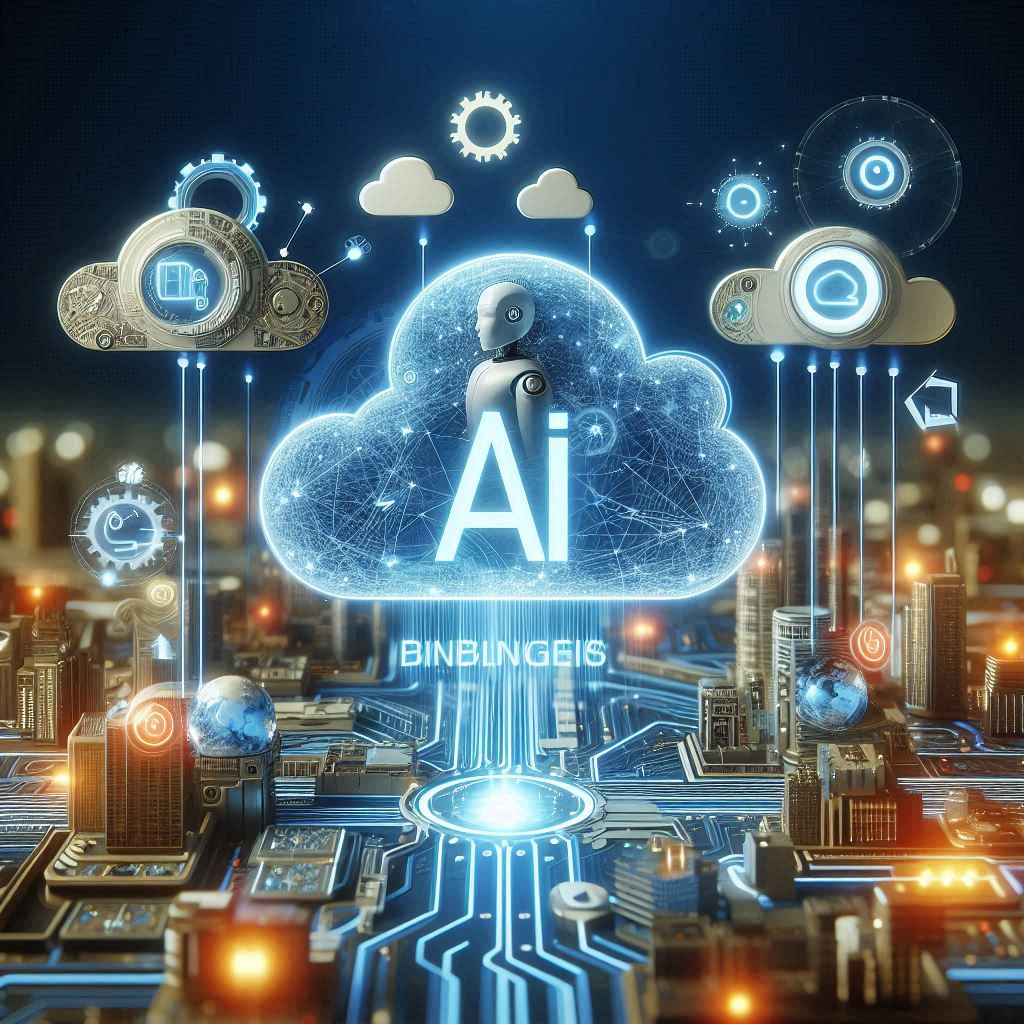Singapore’s workplace culture blends efficiency with innovation. As businesses grow, employees expect more than quick answers—they want fast access to information. They want the ability to act. This is where Cloud HR software changes how people interact with HR teams. It shifts HR from a gatekeeper to a guide, putting essential tools into every employee’s hand.
This article explains how digital HR platforms give staff control over their records, actions, and benefits. In doing so, they lighten the HR load and help companies respond faster in a changing market.
What Is Employee Self-Service?
Employee self-service means staff can view and manage their HR details without waiting for a human reply.
Common actions include:
- Checking pay details
- Applying for leave
- Updating contact information
- Viewing HR policies
- Downloading tax forms
Without self-service, these requests land on HR desks—causing queues, email threads, and repeat tasks. When software enables staff to handle them directly, everyone gains time and clarity.
Why Singapore Workplaces Demand Digital Access?
Singapore leads the region in tech adoption. Offices expect seamless systems. Workers use apps to bank, order meals, and book rides. They now expect the same speed from HR.
1. Young Workforce
- A large part of Singapore’s workforce includes digital natives. They value systems that match their tech fluency.
2. Tight Schedules
- Singapore businesses run lean teams. Delays in HR requests hurt productivity. Faster answers keep work flowing.
3. Hybrid Work Models
- Remote and office-based staff need equal access. A central HR platform works from any device, anywhere.
Cloud-based systems match these demands. They reduce friction between workers and the HR team.
Benefits of Cloud HR Software for Self-Service
These systems provide a clear platform where each staff member can act independently, supported by well-structured data.
1. Real-Time Information Access
- Staff no longer wait for responses. They check balances, download payslips, and review shifts on their own.
2. Consistent Policy Visibility
- All company policies live in one space. Updates roll out instantly, and everyone reads the same version.
3. Leave Planning Without Guesswork
- When applying for time off, staff see their balance and calendar overlaps. This prevents approval delays and team confusion.
These shifts help staff manage their own needs, saving time for both sides.
Key Features That Power Employee Independence
Modern HR platforms go beyond forms and folders. They support action with features that bring structure and speed.
1. Mobile-Friendly Dashboards
- Staff don’t sit at desks all day. Mobile access lets them log in between meetings, from worksites, or on their commute.
2. Smart Notifications
- Systems send alerts for upcoming deadlines, missing documents, or approved changes. These reduce surprises.
3. Secure Identity Verification
- Staff use fingerprints or passwords to access sensitive data. This ensures privacy while keeping access simple.
These features build trust in the system and reduce dependency on HR staff for small actions.
Traditional vs. Cloud-Based Self-Service
A side-by-side view of older systems versus cloud tools shows where staff gain control and companies increase pace.
Introduction to Table
This table outlines key comparisons between legacy HR methods and modern cloud-based platforms for employee actions.
|
Feature |
Traditional HR Systems |
Cloud HR Software |
|
Access Time |
Delayed (office hours) |
Instant (any time, any place) |
|
Policy Updates |
Printed and slow |
Real-time and digital |
|
Leave Tracking |
Manual |
Calendar-linked with live data |
|
Payslip Retrieval |
Collected from HR |
Downloaded directly |
|
Error Correction |
Requires email requests |
Done by employee in portal |
This change saves hours across teams and brings transparency to routine actions.
How HR Teams Gain from Self-Service Tools?
These platforms do more than serve employees. They unlock strategic capacity for HR professionals.
1. Fewer Repetitive Tasks
- Staff no longer chase paperwork, recheck figures, or send the same forms. HR can focus on planning, training, and analysis.
2. Better Data Accuracy
- When employees update their own profiles, the information stays current. This reduces payroll mistakes and improves reports.
3. Clearer Communication
- Digital platforms reduce mixed messages. Forms follow the same flow, language stays consistent, and updates land in one space.
This shift transforms HR into a data-driven partner—not a bottleneck.
Digital Confidence in Singapore’s Work Culture
Singapore workers handle online tools daily. From banking to learning, digital tools shape how people solve problems.
1. Government Support for Digitalisation
- Initiatives like IMDA’s digital push and grants help firms upgrade systems. This normalises online HR services across industries.
2. High Trust in Secure Portals
- Staff already use secure logins for CPF, banking, and MyInfo. Cloud platforms follow similar models.
3. Clear Regulations Encourage Clarity
- With PDPA and strong data policies, companies must keep records clean and confidential. Cloud platforms meet these needs with structured access.
The country’s digital maturity makes it easier to roll out cloud tools across teams.
Building a Stronger Workplace Culture
Self-service tools reflect how a company treats its staff. When systems respect time and offer clarity, employees feel valued.
1. Empowers Staff Ownership
- When workers control their own HR needs, they take more responsibility. This builds discipline and trust.
2. Increases Transparency
- Every policy and update lives in one space. Staff no longer feel left out or confused.
3. Supports Inclusive Work Models
- Part-timers, remote teams, or interns all access the same tools. This levels the field and reduces confusion.
With these systems, HR becomes a service—not a wall.
Challenges and What to Avoid
No system solves every problem. The rollout of cloud tools must respect staff habits and workplace structure.
1. Staff Training Gaps
- Some employees may struggle with new systems. Firms must offer training and clear guides.
2. Poor Platform Choice
- Not all platforms offer the same features. Some lack mobile access, while others charge per action.
3. Ignoring Feedback
- If staff report errors or confusion, HR must listen and adjust the system to fit better.
Success depends on a fit-for-purpose system supported by good guidance.
Why HR Teams Must Lead the Change?
HR owns the tools, but success comes from how the team explains and supports the shift.
1. Map Clear Workflows
- Each HR action—leave, pay, record change—must have a standard digital path. Mapping these early avoids confusion.
2. Set Expectations
- Tell staff how often to update profiles, check payslips, or read new policies. Clarity keeps usage high.
3. Monitor and Improve
- Track what features staff use and where they stumble. Use reports to fix problems before they grow.
Strong leadership from HR ensures the platform works for all.
Success Stories from Singapore Workplaces
Many firms already use cloud tools to manage teams better. Some share these results:
1. Retail Chains Reduce Leave Confusion
- By linking rosters to leave apps, store managers cut clashes and reduce planning stress.
2. Engineering Firms Speed Up Pay
- With real-time entry tracking and direct uploads, field teams receive error-free payslips faster.
3. Startups Reduce HR Load
- Lean teams spend less time on admin and more on product work. A digital HR portal supports this shift.
These stories show that the tools work—when used well.
Conclusion
In Singapore’s fast-moving work world, clarity and speed define success. Cloud HR software offers both. It supports workers who want answers, not delays. It gives HR teams space to plan and lead. When done right, it changes how people see their company.
The workplace no longer waits. Staff handle their own needs. Systems answer before questions grow. Everyone wins.
Now is the time to move HR into the hands of the people it serves. Because when tools match the pace of work, the whole company steps forward.
FAQ’s
1. What is Cloud HR software?
Cloud HR software is a digital human resources system hosted on remote servers and accessed online. It manages HR functions like payroll, leaves, claims, performance tracking, and employee records.
2. What is employee self-service in HR?
Employee self-service (ESS) allows staff to access and manage their HR-related tasks—such as viewing payslips, applying for leave, or updating personal details—without going through HR staff for every request.
5. Is Cloud HR software secure for employee data?
Yes. Reputable Cloud HR providers use encryption, multifactor authentication, and secure data centres to protect sensitive information. This meets Singapore’s Personal Data Protection Act (PDPA) standards.
Visit: AGHRM






